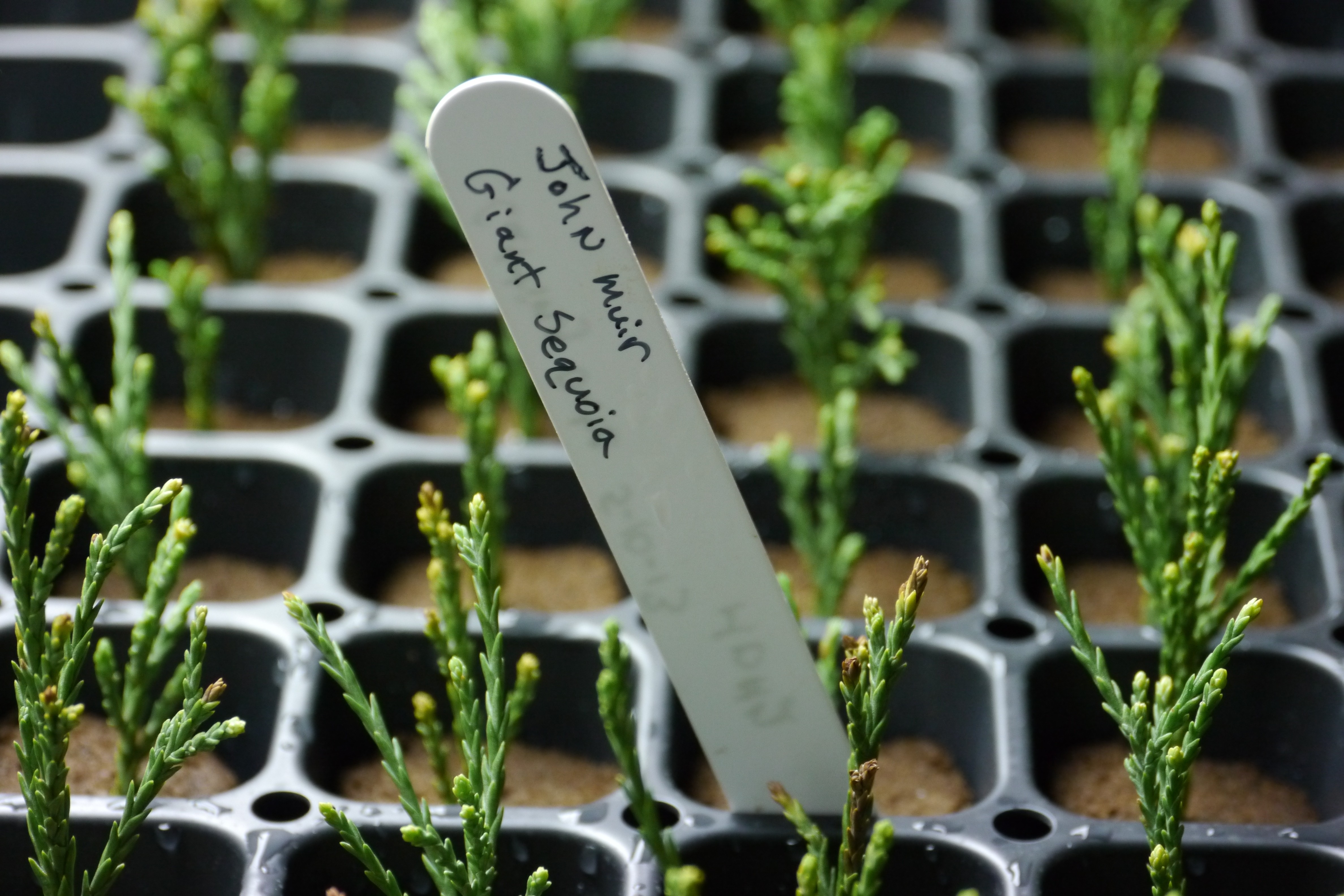Archangel Ancient Tree Archive has successfully created Archive Clones of John Muir’s historic giant sequoia (Sequoiadendron giganteum). The original tree, planted by Muir in the 1880s at his Martinez, California home, now part of the John Muir National Historic Site, is succumbing to fungal diseases. Giant sequoias can live for thousands of years under healthy conditions, but this 130-year-old, 75-foot giant is nearing the end of its life.
Preserving a Legacy Through Archive Clones
To preserve the tree and its connection to the renowned naturalist, the John Muir National Historic Site partnered with Archangel Ancient Tree Archive. Archangel, known for its expertise in propagating ancient trees, received cuttings from the sequoia for cloning at its Michigan facility. Keith Park, horticulturist at the John Muir National Historic Site, collected the cuttings, viewing the cloning effort as a crucial “insurance policy” against the tree’s demise.
Overcoming Challenges in Cloning an Ancient Tree
The cloning process presented challenges due to the original tree’s age and existing fungal infections. Tom Brodhagen, propagator at Archangel, noted the cuttings arrived healthy but acknowledged the difficulty of eradicating the endemic fungal diseases. While newly planted clones might eventually succumb to the same diseases, the project focuses on preserving the historical significance of the tree as a living link to Muir’s time.
Archangel’s Mission: Historic Botany and Archive Clones
Archangel received approximately 400 cuttings, meticulously nurturing them in a controlled environment. The cuttings were misted, treated with root hormones, and closely monitored by Archangel co-founder David Milarch. After months of dedicated care, the first roots appeared, signaling the successful creation of archive clones. This achievement aligns with Archangel’s mission of “historic botany,” preserving the genetics of the world’s most significant trees. Milarch, who also cloned trees associated with President Theodore Roosevelt, expressed pride in preserving living connections to these pivotal figures in American conservation history. These archive clones ensure that the legacy of these trees, and the conservationists who planted them, lives on for future generations.
